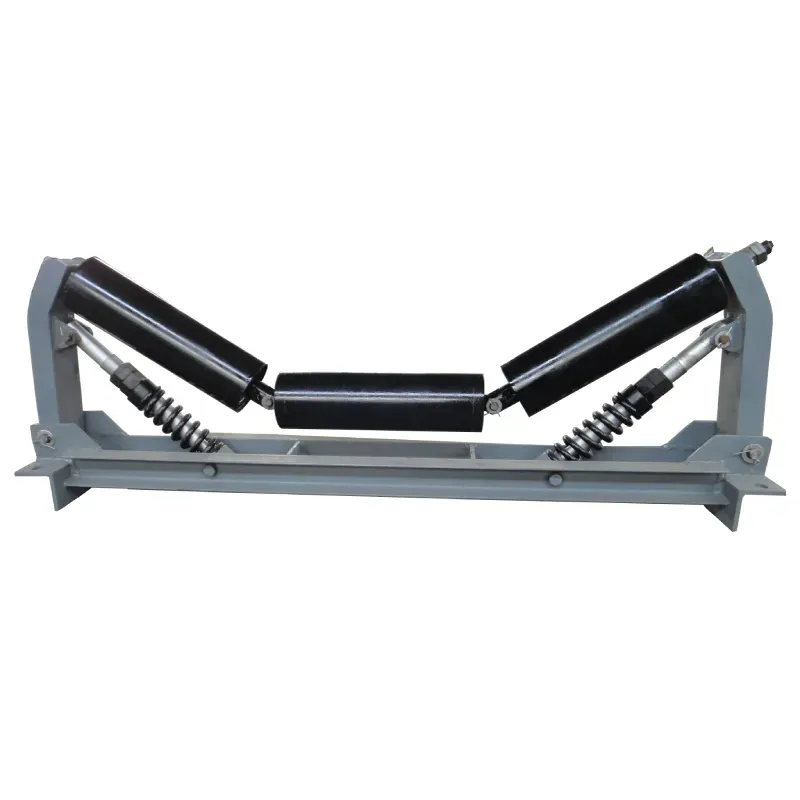 Afrikaans
Afrikaans  Albanian
Albanian  Amharic
Amharic  Arabic
Arabic  Armenian
Armenian  Azerbaijani
Azerbaijani  Basque
Basque  Belarusian
Belarusian  Bengali
Bengali  Bosnian
Bosnian  Bulgarian
Bulgarian  Catalan
Catalan  Cebuano
Cebuano  Corsican
Corsican  Croatian
Croatian  Czech
Czech  Danish
Danish  Dutch
Dutch  English
English  Esperanto
Esperanto  Estonian
Estonian  Finnish
Finnish  French
French  Frisian
Frisian  Galician
Galician  Georgian
Georgian  German
German  Greek
Greek  Gujarati
Gujarati  Haitian Creole
Haitian Creole  hausa
hausa  hawaiian
hawaiian  Hebrew
Hebrew  Hindi
Hindi  Miao
Miao  Hungarian
Hungarian  Icelandic
Icelandic  igbo
igbo  Indonesian
Indonesian  irish
irish  Italian
Italian  Japanese
Japanese  Javanese
Javanese  Kannada
Kannada  kazakh
kazakh  Khmer
Khmer  Rwandese
Rwandese  Korean
Korean  Kurdish
Kurdish  Kyrgyz
Kyrgyz  Lao
Lao  Latin
Latin  Latvian
Latvian  Lithuanian
Lithuanian  Luxembourgish
Luxembourgish  Macedonian
Macedonian  Malgashi
Malgashi  Malay
Malay  Malayalam
Malayalam  Maltese
Maltese  Maori
Maori  Marathi
Marathi  Mongolian
Mongolian  Myanmar
Myanmar  Nepali
Nepali  Norwegian
Norwegian  Norwegian
Norwegian  Occitan
Occitan  Pashto
Pashto  Persian
Persian  Polish
Polish  Portuguese
Portuguese  Punjabi
Punjabi  Romanian
Romanian  Russian
Russian  Samoan
Samoan  Scottish Gaelic
Scottish Gaelic  Serbian
Serbian  Sesotho
Sesotho  Shona
Shona  Sindhi
Sindhi  Sinhala
Sinhala  Slovak
Slovak  Slovenian
Slovenian  Somali
Somali  Spanish
Spanish  Sundanese
Sundanese  Swahili
Swahili  Swedish
Swedish  Tagalog
Tagalog  Tajik
Tajik  Tamil
Tamil  Tatar
Tatar  Telugu
Telugu  Thai
Thai  Turkish
Turkish  Turkmen
Turkmen  Ukrainian
Ukrainian  Urdu
Urdu  Uighur
Uighur  Uzbek
Uzbek  Vietnamese
Vietnamese  Welsh
Welsh  Bantu
Bantu  Yiddish
Yiddish  Yoruba
Yoruba  Zulu
Zulu Understanding Feeder Idler Components and Their Role in Material Handling Systems
Understanding Feeder Idlers A Guide to Their Importance in Material Handling Systems
In the world of material handling and transportation, the efficiency and effectiveness of equipment play a pivotal role in the overall productivity of various industries. One such essential component is the feeder idler, often overlooked but critical in ensuring a smooth and continuous flow of materials. This article delves into the significance of feeder idlers, their functionality, types, and contributions to industrial operations.
What is a Feeder Idler?
A feeder idler is a pivotal part of a conveyor system, used primarily in bulk material handling applications. It is designed to support the weight of the conveyor belt while allowing it to move smoothly and efficiently. Essentially, the feeder idler serves as a guide for the material being transported, ensuring that it remains on track and is distributed evenly along the conveyor. This component is integral in various sectors, including mining, agriculture, and manufacturing, where the movement of bulk materials is paramount.
Functions of Feeder Idlers
One of the primary functions of feeder idlers is to help maintain belt tension and alignment
. By providing stable support, they prevent the belt from sagging or misaligning, which can lead to material spills or damage to the conveyor system. Moreover, feeder idlers assist in reducing the friction between the conveyor belt and the material being transported. This is crucial because excessive friction can lead to increased wear and tear on both the belt and the idler, ultimately resulting in higher maintenance costs and potential downtime.Feeder idlers also play a significant role in controlling the flow of materials. They help distribute the load evenly across the belt, which is essential for preventing blockages and ensuring efficient material transfer. By maintaining a stable flow, feeder idlers contribute to the overall efficiency of the material handling system, helping organizations meet production targets without unnecessary delays.
Types of Feeder Idlers
Feeder idlers come in various designs and configurations, catering to different applications and material types. Some common types include
feeder idler

1. Flat Idlers These are the most basic type, providing a flat surface for the conveyor belt to rest on. They are suitable for standard applications where the material flow is relatively straightforward.
2. Trough Idlers Designed with a V-shaped profile, trough idlers are excellent for handling bulk materials. They help contain the material within the belt and facilitate better material transfer, especially in applications involving loose or granular products.
3. Impact Idlers Positioned at transfer points where material falls onto the belt, impact idlers are built to absorb the shock of falling materials. This feature protects the conveyor belt from damage and prolongs its lifespan.
4. Return Idlers Found on the underside of the conveyor, return idlers support the belt as it returns to its starting position. They help maintain tension and ensure that the belt remains properly aligned throughout its cycle.
Maintenance and Best Practices
To ensure the longevity and optimal performance of feeder idlers, regular maintenance is crucial. Operators should conduct routine inspections to identify any signs of wear or misalignment. Lubricating moving parts and ensuring that the idlers are free from debris can significantly prevent potential issues. Additionally, understanding the load limits and material characteristics can help in selecting the right type of feeder idler for specific applications.
Incorporating advanced technologies such as monitoring sensors can also enhance the maintenance regime. These sensors can track the performance of the feeder idlers and alert operators to any irregularities, thereby enabling proactive maintenance before more significant issues arise.
Conclusion
Feeder idlers may be a small component of material handling systems, but their impact on overall performance is considerable. By ensuring the smooth transport and alignment of materials, feeder idlers help organizations operate efficiently and effectively. Understanding their functions, types, and the importance of maintenance allows industries to make informed decisions, ultimately reducing downtime and increasing productivity. As industries continue to evolve, the role of feeder idlers will remain fundamental in the pursuit of operational excellence.
-
Revolutionizing Conveyor Reliability with Advanced Rubber Lagging PulleysNewsJul.22,2025
-
Powering Precision and Durability with Expert Manufacturers of Conveyor ComponentsNewsJul.22,2025
-
Optimizing Conveyor Systems with Advanced Conveyor AccessoriesNewsJul.22,2025
-
Maximize Conveyor Efficiency with Quality Conveyor Idler PulleysNewsJul.22,2025
-
Future-Proof Your Conveyor System with High-Performance Polyurethane RollerNewsJul.22,2025
-
Driving Efficiency Forward with Quality Idlers and RollersNewsJul.22,2025





























